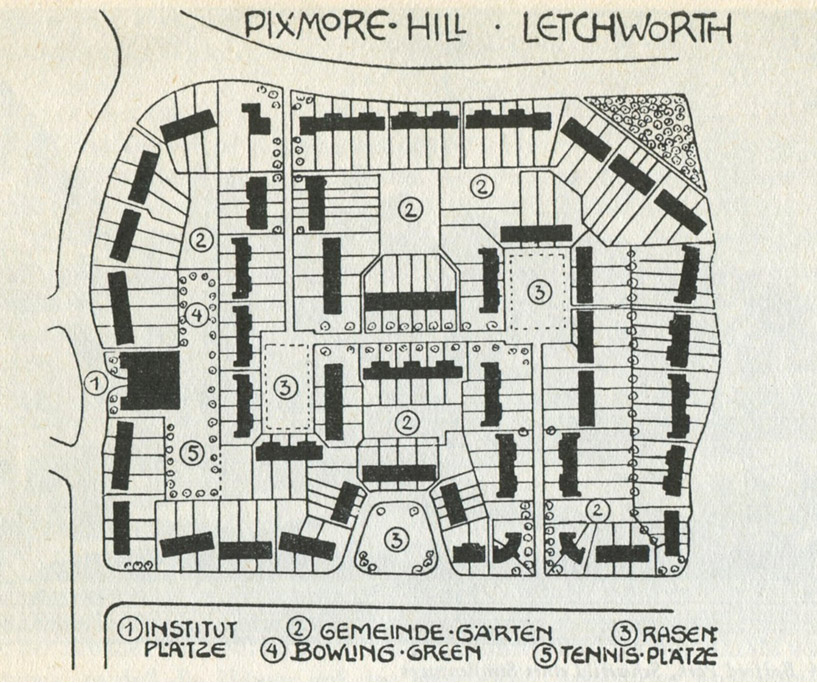Q & A with Urban Planner Emily Talen of Arizona State University
Emily Talen, a thought-leader in the dialogue about creating and maintaining affordable housing in socially diverse urban contexts, discusses her views on sustainable cities, market forces, and the role of federal government in developing and fostering effective urbanism.

A professor of Urban Planning at Arizona State University, Emily Talen, FAICP, PhD, was voted into Planetizen’s “Top 100 Urban Thinkers” in 2009. Her recently published book, City Rules: How Regulations Affect Urban Form, tells the story of municipal regulations in the United States and the various ways in which they have been applied and sometimes misapplied. Here she speaks to us about how government can play an important role in recreating a more vibrant and healthful urban fabric for all citizens. Her view from the left might serve as a counterpoint to our Q&A with Charles Marohn.
To start off, are you a liberal Democrat?
Yes, I would say that is true. I have no problem with the characterization.
Although the dialogue between liberals and conservatives appears unrecognizable, is there some ideological overlap when it comes to sustainable communities?
There is indeed overlap between liberals and conservatives on the issue of big government investing in the wrong kind of things – nobody likes it. By the same token, I agree with my conservative colleagues in fostering a bottom-up entrepreneurship that allows a fine-grained community to thrive at every economic level. We all want to get rid of the rules and regulations that impede small-scale urbanism.
The ideological gulf comes with the right’s romanticized view of free enterprise. They believe that if you just get big government out of the way, good urbanism will follow. In a market economy, the notion that high-quality, richly serviced, walkable neighborhoods will somehow spontaneously supply affordable housing and social diversity is ludicrous. You must have a public component to achieve both affordable housing and public spaces. And these things are not optional if you want successful urbanism. Economic and social diversity underpin urban sustainability.
So how does government investment harm the creation of sustainable urbanism?
Obama has been a disappointment. He still talks about building highways in the same breath as he mentions rails and public transportation. There have been too many highways built under Obama. If I were in charge of the Department of Transportation (DOT), we would invest in commuter rail and streetcars and immediately cease and desist building more highways. In fact, I’d get the DOT into the business of tearing down highways that go through neighborhoods, and there would plenty of good jobs in demolition.
Conservatives argue that the federal government is inefficient and does not have the value-capture mechanisms to make an investment in public transportation pay off.
If there was a private sector large and rich enough to do this, the corporations would be so large that they would be just as inefficient as the federal government. This sort of inefficiency is a product of size, not public vs. private interests. Look, there’s too little, not too much, federal involvement in transit and affordable housing. We do a fraction of what other countries do in terms of investment in affordable housing and public transit and need to do a lot more.
But you agree that government also gets in the way. How do city rules impede good urbanism?
We all agree in getting rid of bad regulations, such as eliminating zoning rules that inhibit retail in residential neighborhoods and ridiculous parking requirements. I’m not suggesting we get rid of every law: we may not want car repair in the front yard, but it may be OK in the back. We need to take care of the public realm, but relax what can be done. You do this by putting in place design-oriented rules that allow for greater flexibility of use while still protecting the public space.
How would you reconcile the right and left to benefit the future of our cities and towns?
I’d start with a very practical reconciliation that does not require congressional approval. I’m actually working on it right now, and that’s trying to bridge the artificial chasm that’s developed between the nonprofit community land trust groups devoted to creating affordable housing and the design-biased New Urbanists. These two camps had joint roots in the 19th century but then diverged.
A community land trust (CLT) is a private, nonprofit organization that owns land for the purpose of providing affordable housing. New Urbanists should take advantage of the growing CLT movement for the simple reason that our best urban places are currently unaffordable and often exclusive.
Successful community building needs to be open to all levels. The mixed income component is foundational. You can’t get all the other benefits in a community if it’s not economically and culturally inclusive. New Urbanism tends to be higher-income / affluent, but unless there’s an affordable housing component (which is now very limited), the long-term success of this movement will suffer. These two movements need to reconnect. Government can help by getting out of the rule-making business while providing economic support to affordable housing and public transit.

Ebenezer Howard, with roots in both New Urbanism and the Community Land Trust movement, implemented his ideas about communally owned land at Letchworth, north of London, in 1903. Perhaps the left and the right could agree on the wisdom of merging the two movements. Credit: Raymond Unwin, 1903. Ebenezer Howard Gartenstädt von morgen; Wikipedia Commons.

Fernando Pages Ruiz
Homebuilder, developer and author Fernando Pagés Ruiz builds in the Midwest and Mountain States and consults internationally on how to build high-quality, affordable and energy-efficient homes. As a builder, his projects have numerous awards including the 2008 “Green Building Single Family House of the Year” and the 2007 “Workforce Housing Award” from the National Association of Home Builders. In 2006, the Department of Housing and Urban Development's PATH project chose him to build America's first PATH Concept Home, a home that is affordable to purchase and to maintain while meeting the criteria of LEED for Homes, ENERGY STAR, MASCO Environments for Living, and the NAHB's Green Building standards. A frequent contributor to Fine Homebuilding and EcoHome magazines, Pagés is also the author of two books published by the Taunton Press: Building an Affordable House: A high-value, low-cost approach to building (2005) and Affordable Remodel: How to get custom results on any budget (2007).
Contact Fernando on facebook or by way of his website buildingaffordable.com.

